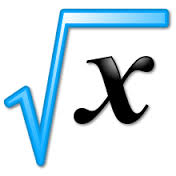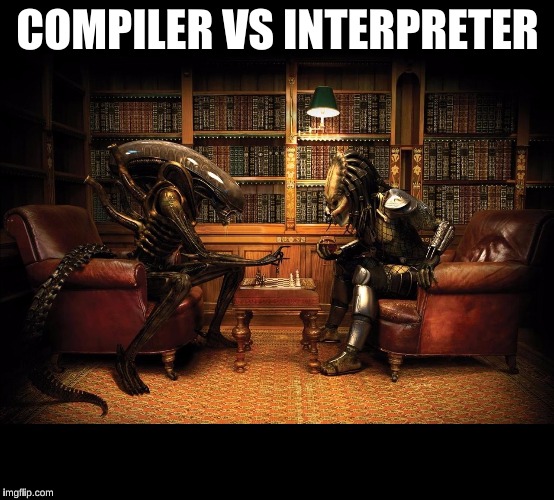Last time I wrote some stuff on P versus NP. This time I want to describe a bit some important decision problems - \(SAT\) and \(QBF\).
Important decision problems
Short reminder on what is decision problem:
Decision problems are these which have an output: YES or NO.
\(SAT\)
Boolean satisfiability problem (\(SAT\)) is about checking if given propositional logical formula is satisfiable. So for example when having formula like this: \((x \lor y \lor z ) \land (x \lor \lnot y \lor \lnot z)\) we want to know if we can assign to all variables values from \((TRUE, FALSE)\) to make this formula to evaluate to \(TRUE\). In this case to satisfy this formula all variables can be set to \(TRUE\).
It’s proven that \(SAT\) is \(NP\)-complete (so every problem which is in \(NP\) is at least less hard than \(SAT\)) and it’s not my point to prove it here. If you want to find the prove - look for Cook–Levin theorem.
Of course there are some variants of \(SAT\) problems with some additional constraints, which are in \(P\) - for example \(2-SAT\) (when the number of literals in clause is limited to \(2\)).
Because \(SAT\) is \(NP\)-complete you can reduce any problem from \(NP\) set to \(SAT\). This reduction can be used to get a \(SAT\) representation of your problem, which makes it easier to describe this problem using programming language or formal logic. That’s why there are plenty of \(SAT\)-solvers.
\(QBF\)
Quantified Boolean formula problem (\(QBF\)) is a generalization of \(SAT\) - we just add quantifiers (for all - \(\forall\) or exists - \(\exists\)) to given formulas, for example: \(\forall x\ \exists y\ \exists z\ ((x \lor z) \land y)\). Then we want to know if there exists an evaluation of variables which satisfies the formula.
\(QBF\) is a \(PSPACE\)-complete problem, so it seems to be even harder than \(SAT\). This problem is so important, because it’s all about reasoning. If we were able to have an algorithm which solves \(QBF\) in reasonable time, then it would be possible to prove theorems automatically (it is somehow possible, but in limited way, for example using CoQ). There exist some \(QBF\)-solvers, which do some heuristics on solution. They are used in AI, but also in automatic theorem provers.
So why \(P\) vs \(NP\) matters?
There are some consequences that we cannot solve \(SAT\) and \(QBF\) in reasonable time. For example Artificial Intelligence still is based on heuristic algorithms, so they can have not deterministic output.
The other thing is that when doing software development it’s nice to know problems which are in \(NP\), \(PSPACE\) or even higher complexity classes. If you know it, you will search of some good heuristics instead of writing non-optimal solution.




Leave a Comment